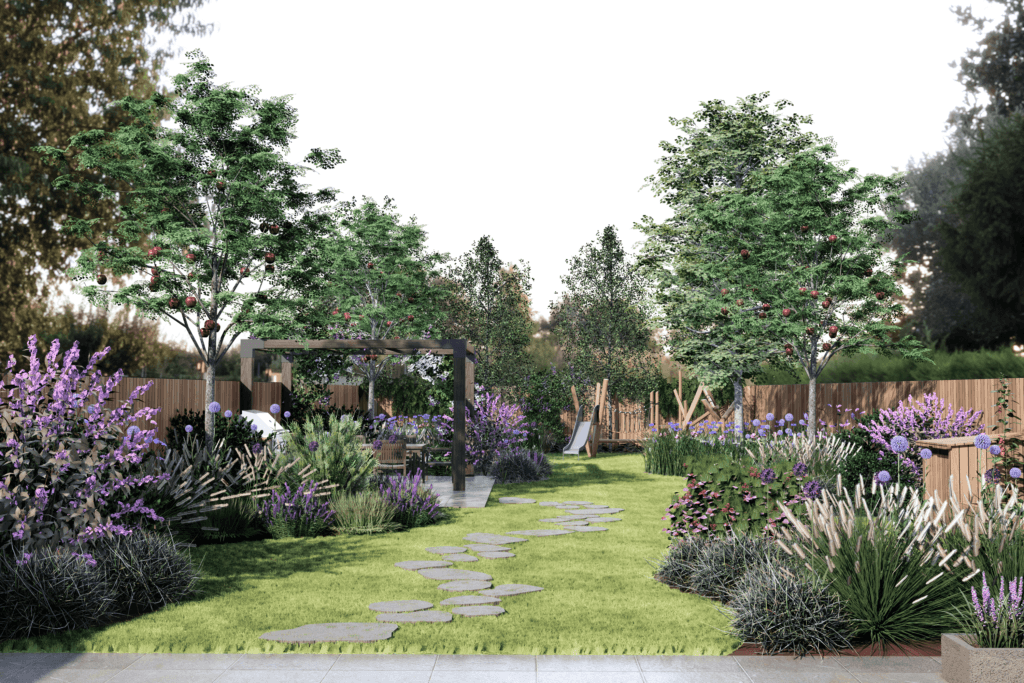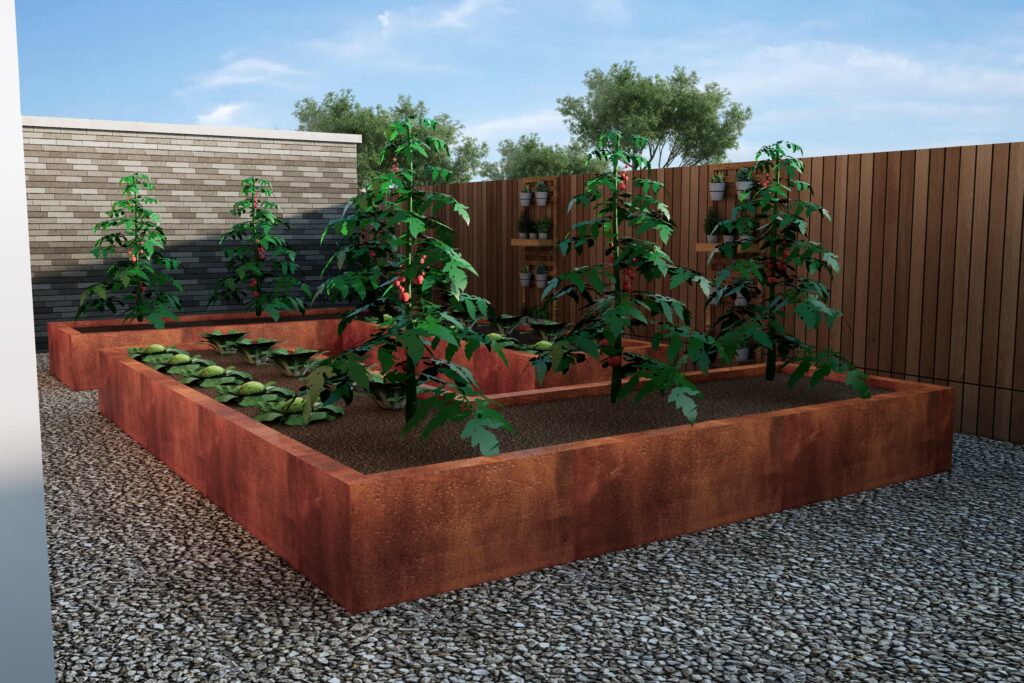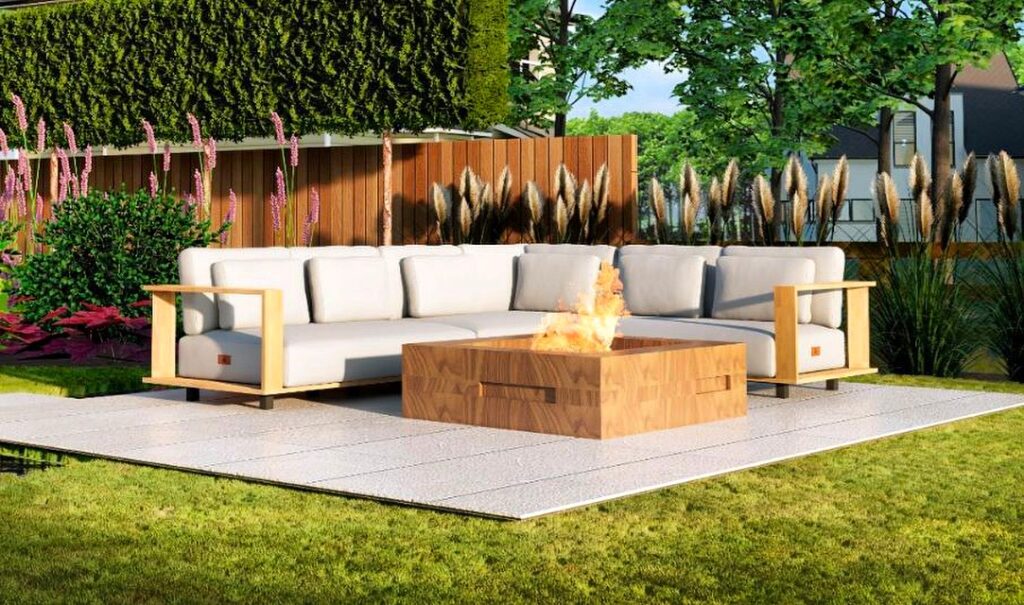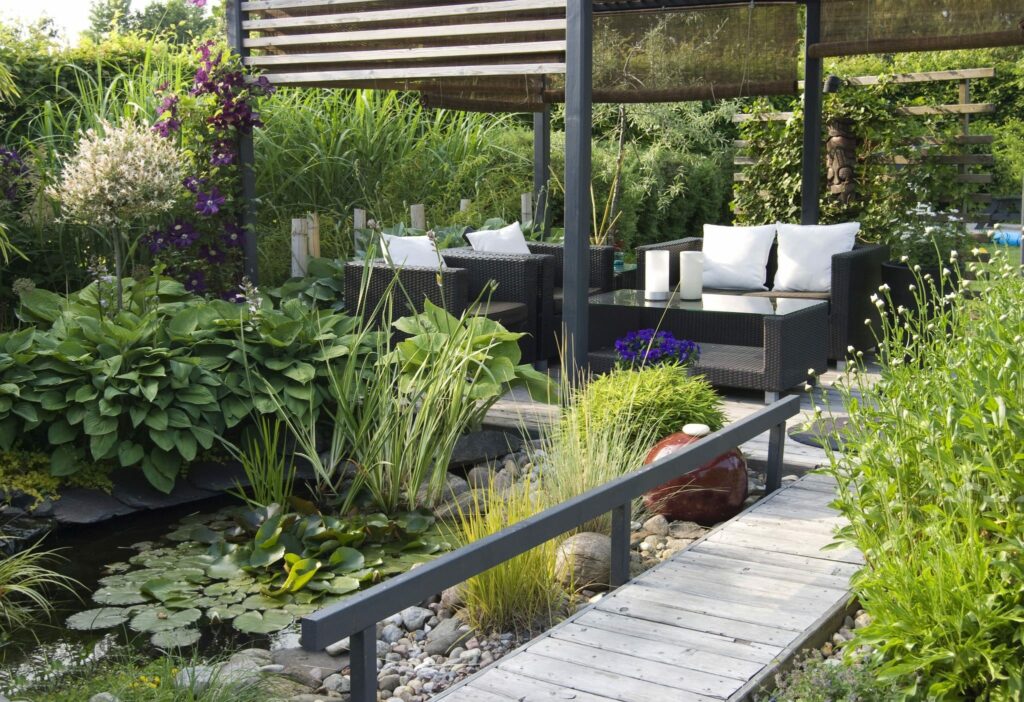Ever wondered how your garden could contribute more to the local ecosystem? Increasing biodiversity in your garden is not just about adding beauty; it’s a step towards eco-friendly garden that supports our planet. This guide will show you how to transform your outdoor space into a haven for a variety of species, from bees and butterflies to birds and beneficial insects. Let’s dive into the world of biodiversity gardening and discover how you can make a difference right in your own backyard.
What is Biodiversity Gardening?
Biodiversity gardening focuses on creating environments that support a wide range of plant and animal species. It’s about nurturing a balanced ecosystem where each element, from soil microbes to the tallest trees, plays a crucial role. Embrace nature’s blueprint in your garden by fostering spaces that mirror the diversity and resilience found in the wild. Learn how to cultivate a garden that thrives on its own, bursting with life and sustainability.

Image credit: House Designer
Understanding Biodiversity Gardening
At its core, biodiversity garden aims to recreate natural ecosystems, encouraging a balance of species that can support each other and thrive. This approach not only enhances the aesthetic appeal of your garden but also plays a crucial role in local wildlife conservation, providing habitats, food sources, and protection for various species.
Benefits of a Biodiverse Garden
- Supports Pollinators: Many plants rely on birds, bees, and other insects for pollination. A biodiverse garden provides food and shelter for these essential creatures.
- Enhances Soil Health: A variety of plants contribute to a richer, more balanced soil ecosystem, which in turn supports healthier plant growth.
- Natural Pest Control: By attracting beneficial predators, biodiversity can help manage pest populations naturally, reducing the need for chemical interventions.
- Emotional Well-being: Diverse gardens are not only beautiful but also offer a deeper connection with nature, contributing to our overall sense of well-being.
Diverse Plant Selection
Begin by diversifying your plant selection. Incorporate native plants, as they are adapted to your local climate and soil conditions, and they provide essential food and shelter for native wildlife. Aim for a mix of trees, shrubs, flowers, and groundcovers to create layers and complexity in your garden. This not only mimics natural ecosystems but also offers varied habitats and food sources for different species.
Create Habitats

Image credit: House Designer
Consider elements that add habitat value to your garden. Log piles, rockeries, and ponds can offer shelter and breeding grounds for a myriad of creatures. Even a small water feature can attract birds, insects, and amphibians. Birdhouses, bee hotels, and butterfly feeders are also excellent additions to support local fauna.
Avoid Chemicals

Image credit: House Designer
Chemicals, including pesticides and synthetic fertilizers, can harm the very wildlife you’re trying to attract. Opt for organic gardening practices to maintain soil health and support a healthy, natural food chain in your garden. Composting is a great way to recycle kitchen and garden waste into nutrient-rich soil without relying on chemical fertilizers.
Encourage Pollinators
Pollinators are essential for a healthy ecosystem, and attracting them can boost your garden’s biodiversity. Planting a variety of flowering plants that bloom at different times of the year ensures a consistent food source for bees, butterflies, and other pollinating insects. Remember, the more diverse your plant selection, the wider the range of pollinators you’ll attract.
Lawn Alternatives

Image credit: House Designer
Traditional lawns offer little in terms of biodiversity. Consider replacing parts of your lawn with wildflower meadows, clover fields, or native grasses. These alternatives provide habitats and food sources for wildlife, and they can be visually stunning and easier to maintain than traditional grass.
Sustainable Practices
Implementing sustainable gardening practices is key to supporting biodiversity. Rainwater harvesting, mulching, and choosing peat-free soil are all ways to garden more sustainably, reducing your environmental footprint and supporting the health of your local ecosystem.
Biodiversity in Your Garden
Increasing biodiversity in your garden is a rewarding endeavor that benefits both the environment and the homeowner. By creating a space that welcomes and supports a variety of life, you’re contributing to wildlife conservation and playing a part in the global effort to protect our planet’s biodiversity.
Steps to Increase Biodiversity in Your Garden
- Plant Native Species: Native plants are adapted to your local climate and soil, requiring less water and maintenance. They also provide the best support for local wildlife.
- Create Layers: Incorporate a mix of trees, shrubs, perennials, and ground covers to mimic natural ecosystems. This layered approach offers habitats for a variety of species.
- Leave Some Wild: Allow parts of your garden to grow freely. Wild corners can offer refuge for many creatures and contribute to ecological balance.
- Build a Water Source: A simple birdbath, pond, or even a shallow dish can attract birds, insects, and amphibians, providing them with essential hydration and breeding grounds.
- Avoid Chemicals: Pesticides and herbicides can harm the very wildlife you’re trying to attract. Opt for organic gardening practices to protect your garden’s visitors.
- Compost: Composting enriches the soil and reduces waste. A healthy soil biome supports plant growth and attracts a diversity of underground life.
- Encourage Pollinators: Plant flowers that attract bees, butterflies, and other pollinating insects. Their presence not only benefits the garden but also supports broader ecological health.
By following these steps, you can contribute to the conservation of local wildlife, improve the health of your garden, and enjoy the manifold benefits of a biodiverse ecosystem.
Remember, every garden, no matter its size, has the potential to make a significant positive impact on the environment. Start your journey to biodiversity garden design today and watch as your garden transforms into a thriving, life-supporting habitat.




